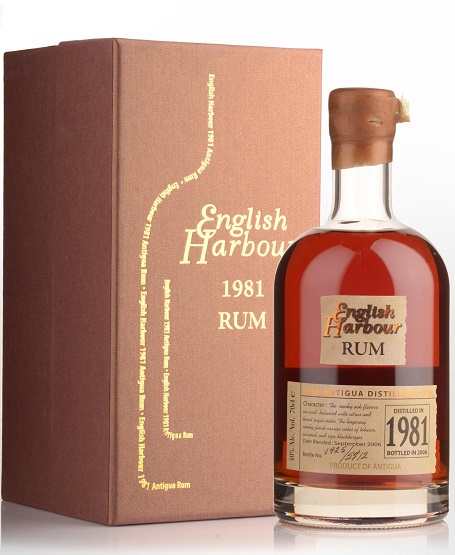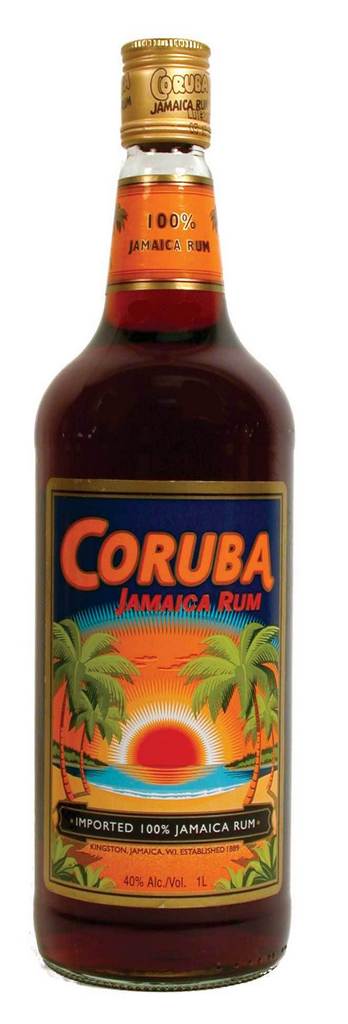
First posted 25 February 2010 on Liquorature.
(#011)(Unscored)
Short, sharp sword to the guts when had neat, this rum is without question something to use as a mix and not to risk taking alone. Needs refinement to be taken seriously, but since it’s cheap as all get-out, it does have a perverse attraction on that basis alone. Go for it if you’re feeling a bit brave today.
***
This is another one of those reviews that I wrote in order to give some weight to the Single Digit Rums. Having tasted it, shuddered and reached for the coke, I can understand both why it costs so little, and why it’ll probably never make the table of the Club.
SDRs are in the main the bottom end of the ranking scale, and part of that is because they represent what I term the tipple for the masses – it’s the sort of thing I grew up on, had many a good conversation over, and eventually moved away from as my tastes became more snooty (and hence, expensive). The Jamaica distillery of J. Wray & Nephew, home of Appleton makes this low end rum and it’s marketed by Compagnie Rhumière Bale out of Basel, in Switzerland – using 30 marks to create it utilizing the solera method – primarily as a mixer and a base for cocktails and other drinks. Given that the age is unmentioned anywhere on the label, and taking into account its somewhat raw searing taste, I venture to suggest it’s five years old or less.
The thing is, a rum this dark, I kinda expected just a tad more…a strong molasses taste maybe, a burnt-sugar kind of nose. Something that was rude, vulgar and overpowering, that happily booted and spurred across the palate and would never see the tables of the rich but which at least had some kind of obnoxious character all its own (say what one will about the Bundie, no-one can deny it has a taste and prescence not readily ignored). None of that is really in evidence in the Coruba, because the spirit fumes overpower everything fast. Now, if one flexes one’s snoot and gives it a long and decent snort, one may be able to separate the fruit and perhaps some whiskey: certainly the taste is there – I detected some apricot and sugar on the way down.
The problem is that the finish is too short and harsh, and you know me: I really have an issue with that damned whiskey burn. So neat and on the rocks, I’d stay away from it, since this is clearly not a sipping rum. Even when mixed, alas, it lacks the release of flavour that characterizes the aristocrat of the working class tipple, the EH5 (which has become a low-end baseline all its own, by the way). Which is a shame, because once the burn goes away and you manage to swallow, you do actually taste something of the toffee and caramel at the back of the throat. Unfortunately, that’s more than likely just the coke or ginger beer.
In summary then, Coruba really fails as a sipper either neat or on the rocks. On the assumption that it’s a mixer, I’d put it on the bottom shelf. If I was desperate for a drink I’d take it, but it’s got so much competition at the same price point that it’s probably best to just use it in one’s cooking without giving it pretensions to your liquor cabinet…unless a favoured enemy is dropping in for a visit, in which case, be generous.
Update 25 Oct 2010: I just reviewed an article on Wikipedia which states that Coruba is not marketed in Jamaica, but primarily in New Zealand, where it has held the top selling rum spot since the 1970s. If anyone from NZ can comment on that I’d appreciate it, since it sure is news to me, and it’s curious that I found a Kiwi rum in Alberta.
Other Notes
The Cocktail Wonk provides some background information on the company behind the brand as he discusses the “Cigar” release, but it’s useful here too.

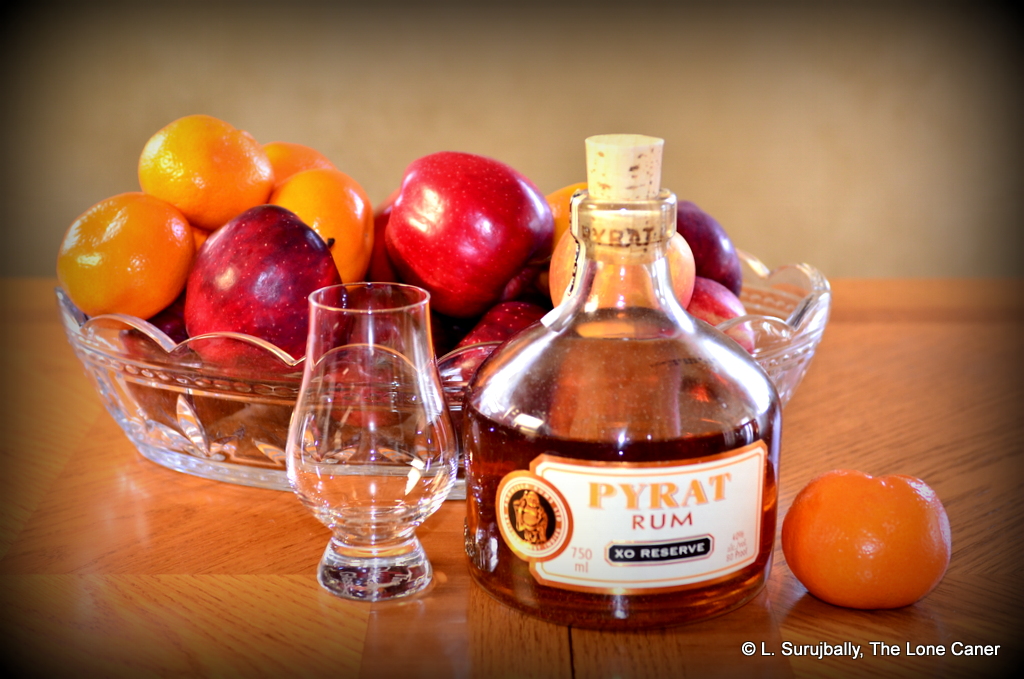



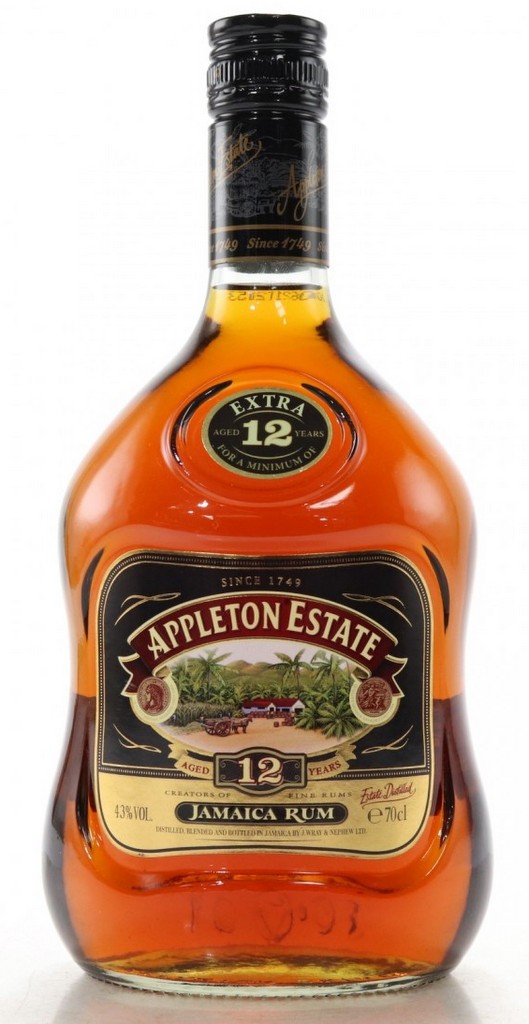 First posted January 25, 2010 on Liquorature.
First posted January 25, 2010 on Liquorature.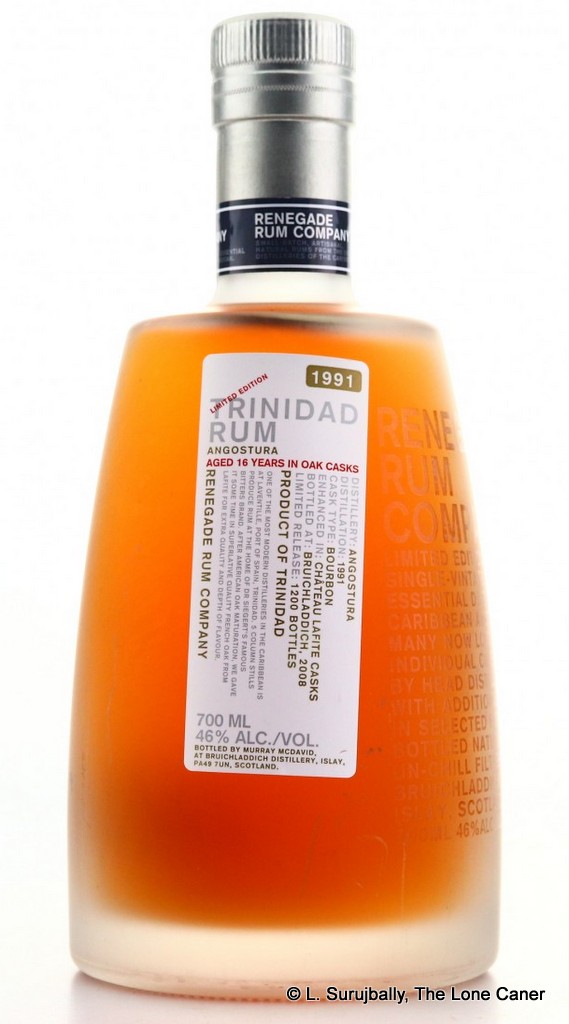
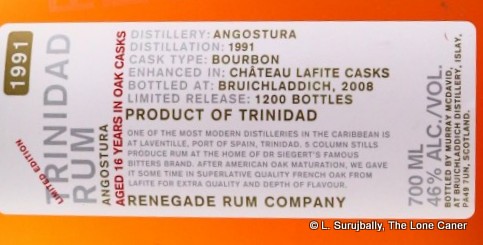


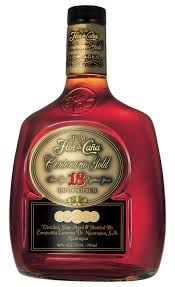
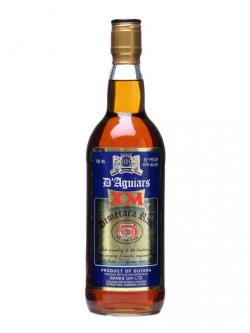
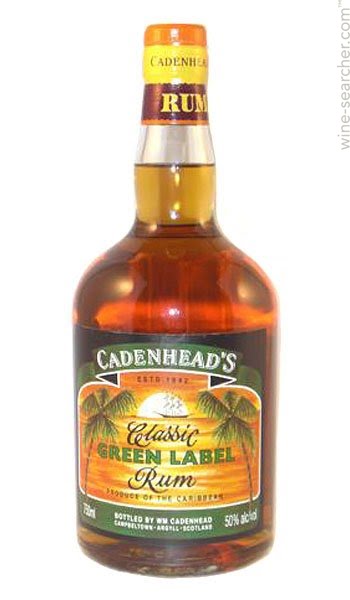
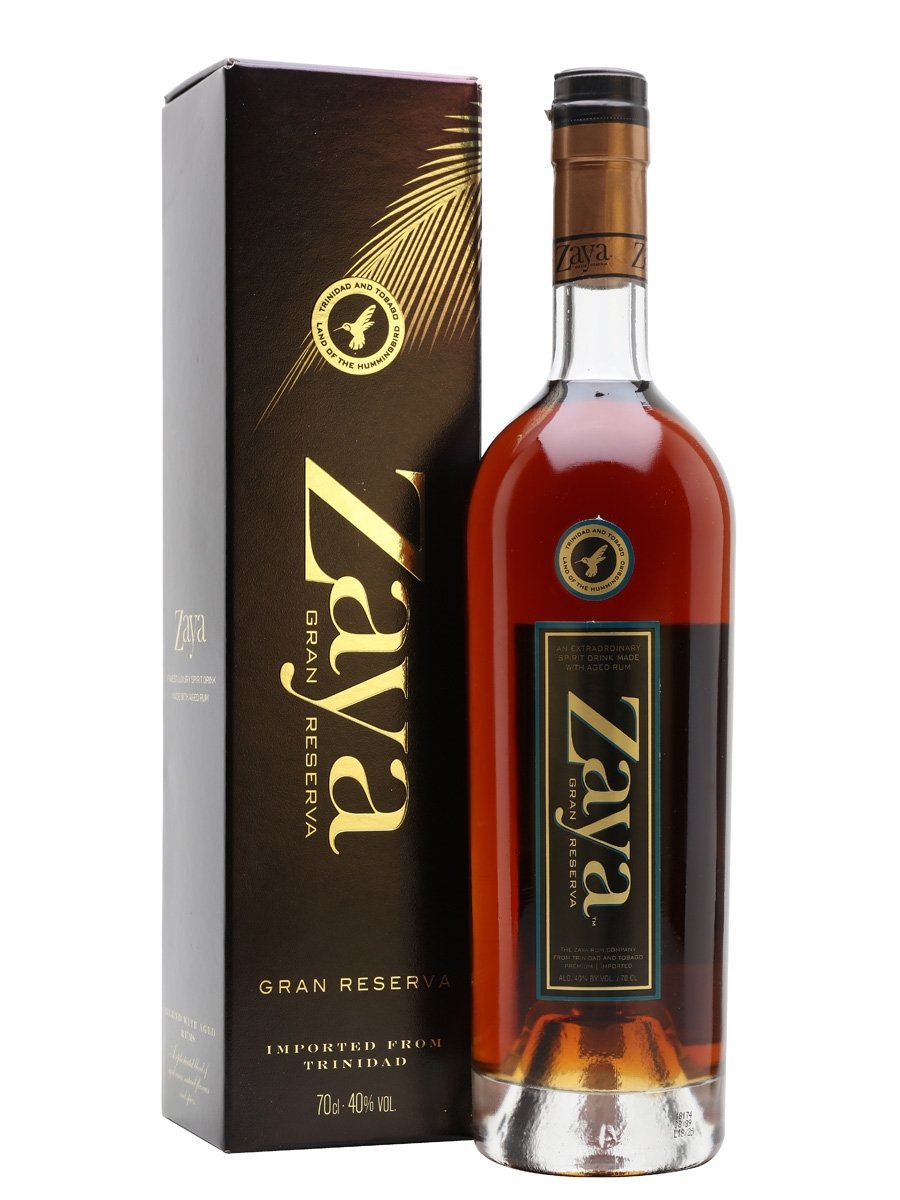 First posted 19th January 2010 on Liquorature.
First posted 19th January 2010 on Liquorature.
